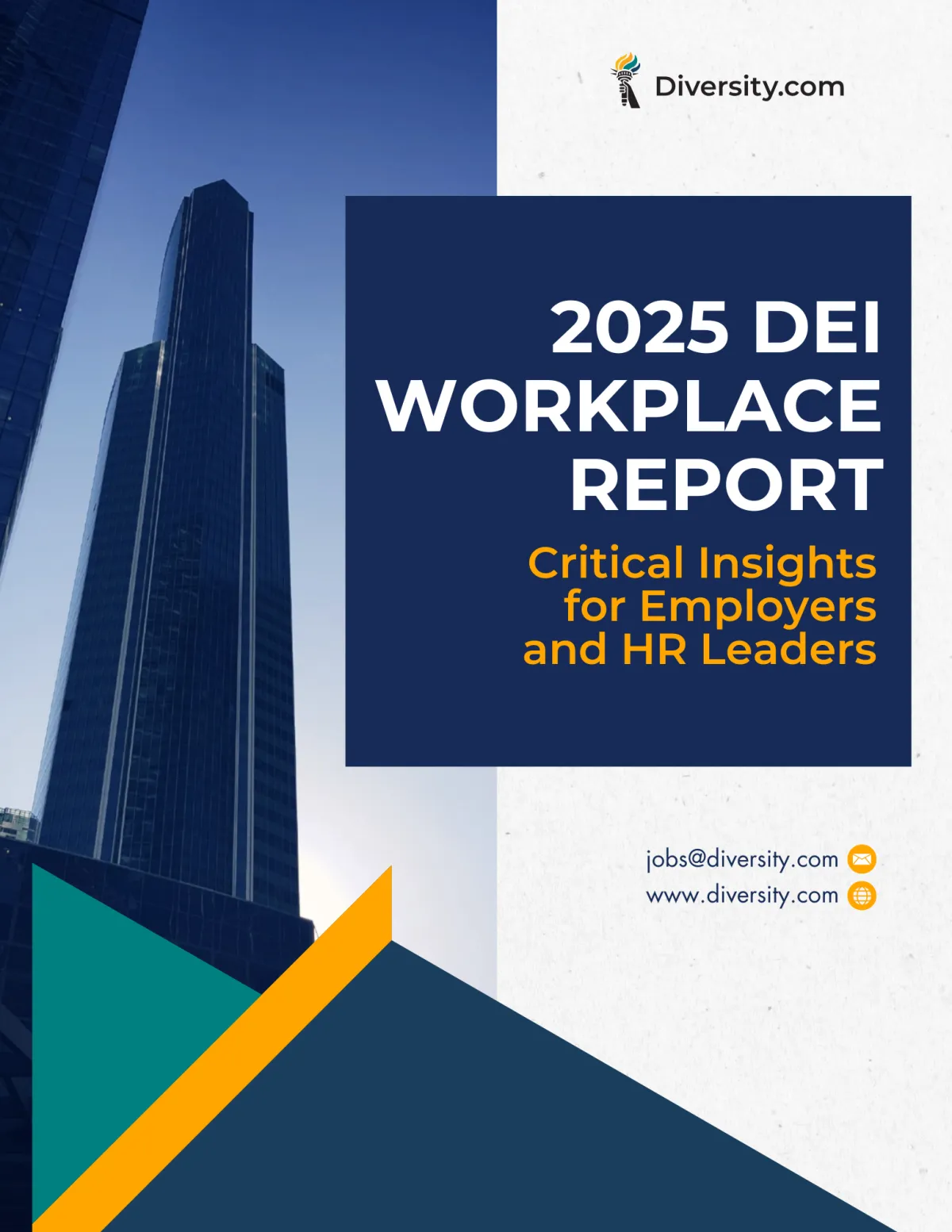
Beyond Guidelines: How Companies Can Foster Disability-Friendly Workplaces Without Mandates
Why Leading Beyond Compliance Matters
In 2025, the removal of certain ADA guidance documents has shifted more responsibility onto companies.
While the legal requirements remain, the question is no longer just about compliance — it’s about leadership.
A truly disability-friendly workplace goes beyond checklists and mandates.
It requires a company-wide commitment to inclusion, driven by values rather than regulations.
Companies that foster accessible environments without waiting for mandates will earn loyalty, attract diverse talent, and future-proof their organizations.
What a Disability-Friendly Workplace Really Looks Like
1. Physical and Digital Accessibility
This includes wheelchair-accessible facilities, adjustable workstations, and websites that meet or exceed WCAG standards. Companies like Autodesk publicly report on digital accessibility progress and invite feedback from users (Autodesk, 2024).
2. Inclusive Hiring Processes
A disability-friendly company removes unnecessary barriers in job descriptions, interviews, and onboarding. This includes offering interview accommodations proactively and training hiring managers to focus on abilities over assumptions.
3. Culture of Psychological Safety
Employees with disabilities should feel safe disclosing accommodations or needs without fear of judgment or career setbacks. Regularly communicating this message and reinforcing confidentiality policies is key.
Examples of Companies Fostering Disability-Friendly Workplaces (as of 2025)
Autodesk
Autodesk publicly reports on both digital and physical accessibility progress. Their transparency has earned recognition for going beyond compliance and leading with accountability (Autodesk, 2024).
SAP
The company’s Autism at Work program continues to expand globally, offering mentorship, tailored support, and inclusive leadership development (SAP, 2024).
BMO Financial Group
BMO’s Disability Employee Resource Group (ERG) actively influences company policies and regularly contributes to accessibility audits and improvement projects (BMO, 2024).
How to Foster Disability-Friendly Workplaces Without Mandates
1. Conduct Accessibility Reviews Regularly
Do not wait for external audits. Set quarterly or biannual reviews across digital platforms, office spaces, and internal tools.
2. Involve Disabled Employees in Decision-Making
Invite employees with disabilities to participate in advisory councils or policy reviews. Their input is critical for creating practical and inclusive solutions.
3. Provide Ongoing Training
Offer continuous learning opportunities for managers and employees on topics like disability etiquette, inclusive communication, and accessible technology.
4. Celebrate Disability Awareness Year-Round
Host panels, webinars, and internal events highlighting the voices of employees with disabilities, not just during awareness months.
5. Benchmark and Share Progress Publicly
Use tools like the Disability Equality Index and communicate results through annual reports and social media.
The Benefits of Going Beyond Compliance
Attracting Top Talent: Companies that invest in accessibility are more appealing to a wider talent pool.
Improved Innovation: Diverse perspectives foster creativity and stronger problem-solving.
Stronger Brand Trust: Customers and investors value companies that lead with integrity and transparency.
Higher Employee Retention: Employees stay longer when they feel valued and supported.
Conclusion
A disability-friendly workplace is not built on mandates — it’s built on values.
Companies that go beyond what is required will stand out as employers of choice, industry leaders, and change-makers.
The best time to start building that environment is now.
How Diversity.com Supports Employers & Job Seekers
At Diversity.com, we help businesses, organizations, and institutions build diverse, inclusive teams that reflect the world we live in.
We support hiring managers, HR professionals, and job seekers in navigating the evolving DEI landscape across every industry.
Whether you're expanding your team, strengthening leadership diversity, or looking for career opportunities in inclusive workplaces, we provide resources, job board solutions, and expert insights to support your goals.
For Employers & HR Professionals:
✔ Create a free employer account — Start hiring with inclusion in mind. Choose from single listings, job packs (discounted credit bundles), or subscription plans for ongoing recruitment.
✔ Access a diverse talent pool — Connect with qualified professionals from a wide variety of backgrounds to drive innovation and growth.
✔ Stay informed with expert DEI insights — Stay up-to-date on diversity trends, compliance updates, and best hiring practices to stay competitive.
For Job Seekers:
✔ Find job opportunities with inclusive employers — Discover employers that value diversity, equity, and inclusion, across multiple industries and sectors.
✔ Create a free job seeker account — Apply for roles that align with your values, skills, and professional aspirations.
✔ Gain insights into workplace inclusion — Learn about company DEI commitments, hiring practices, and career-building resources before applying.
We’re committed to helping both employers and job seekers build stronger, more inclusive teams and workplaces.
Explore our platform today and take the next step toward building a more diverse and equitable workforce.
If you have any questions or need assistance, feel free to Contact Us Here. Our dedicated support team is ready to help!
Related Articles
DOJ Removes ADA Guidance: What Employers Need to Know in 2025
DOJ Rescinds Accessibility Guidelines: What This Means for Job Seekers with Disabilities
The Future of ADA Compliance: Why Employers Must Be Proactive
The Business Risks of Ignoring Accessibility Amid Changing ADA Guidelines
How to Communicate Your Company’s Commitment to Disability Inclusion in 2025
Disability Inclusion and DEI: Why They Cannot Be Overlooked in Your 2025 Strategy
What HR Leaders Should Watch: The Legal Landscape of ADA and DEI in 2025
The Ethics of Inclusion: Why Doing the Bare Minimum Won’t Cut It
The Cost of Rollbacks: How DEI Retractions Affect People with Disabilities
Sources & References:
Autodesk. (2024). Accessibility at Autodesk. Retrieved from https://www.autodesk.com/company/accessibility
SAP. (2024). Autism at Work Program Overview. Retrieved from https://www.sap.com/about/careers/your-career/autism-at-work.html
BMO Financial Group. (2024). Diversity, Equity and Inclusion Annual Report. Retrieved from https://www.bmo.com/main/about-bmo/corporate-responsibility/diversity-inclusion/

